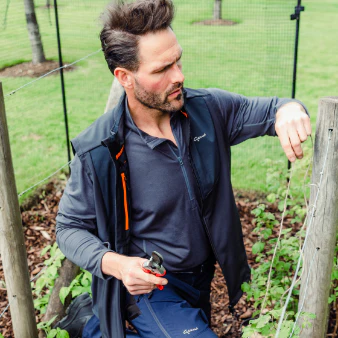Wildlife in the garden - dragonflies

If you’re lucky enough to have a pond in your garden there’s every chance that you’ll be rewarded with the spectacle of dragonflies skimming over the water’s surface. There are 56 species present in the UK including Southern Hawker, Broad-bodied chaser, Emperor, and Common Darter - the dragonfly species most likely to be encountered in gardens. Many will lay their eggs in the pond, though the Southern Hawker is known for laying on mossy rocks around the margins, often some distance from the water.
The nymphs live underwater for up to three years and are voracious predators dining on tadpoles, small fish,and other aquatic invertebrates. The adults feed on midges, mosquitoes, and other small insects and are a welcome addition to garden biodiversity. We’re often amazed at the numbers we see around the Genus garden especially as we are quite rural and some distance from any major water source.
Once an adult dragonfly has been spotted on the wing it’s always exciting to search for the papery exuviae - their nymphal skin (pictured) - that is usually found attached to the stems of an upright marginal grass or rush.
Unfortunately the destruction of habitat combined with pollution and other factors is leading to dragonfly numbers falling, making the inclusion of a pond in the garden an ever important factor in their survival. The British Dragonfly Society is a great source of information for those wishing to find out more about these fascinating insects. www.british-dragonflies.org.uk











